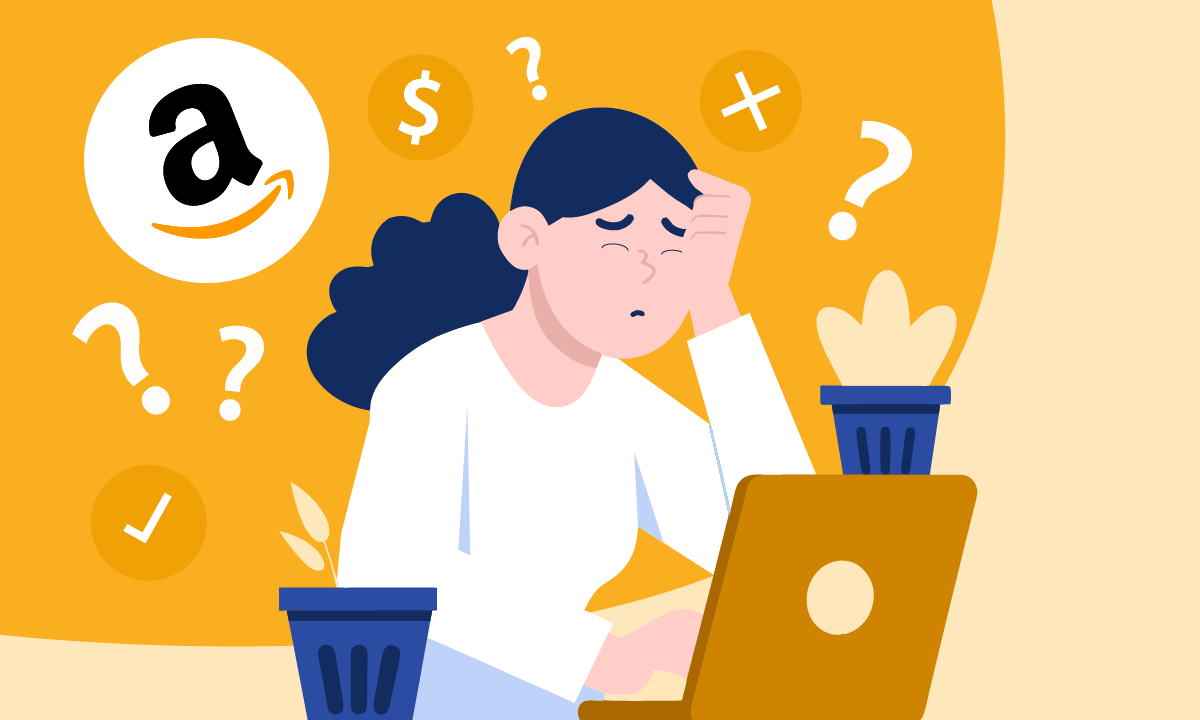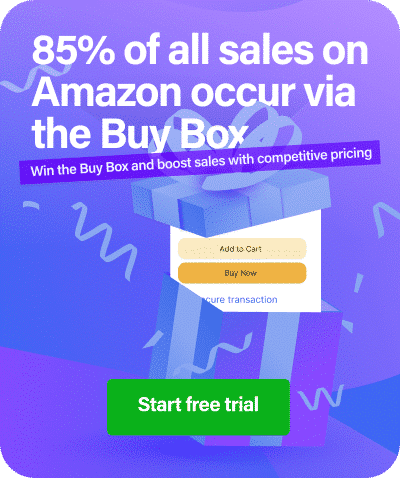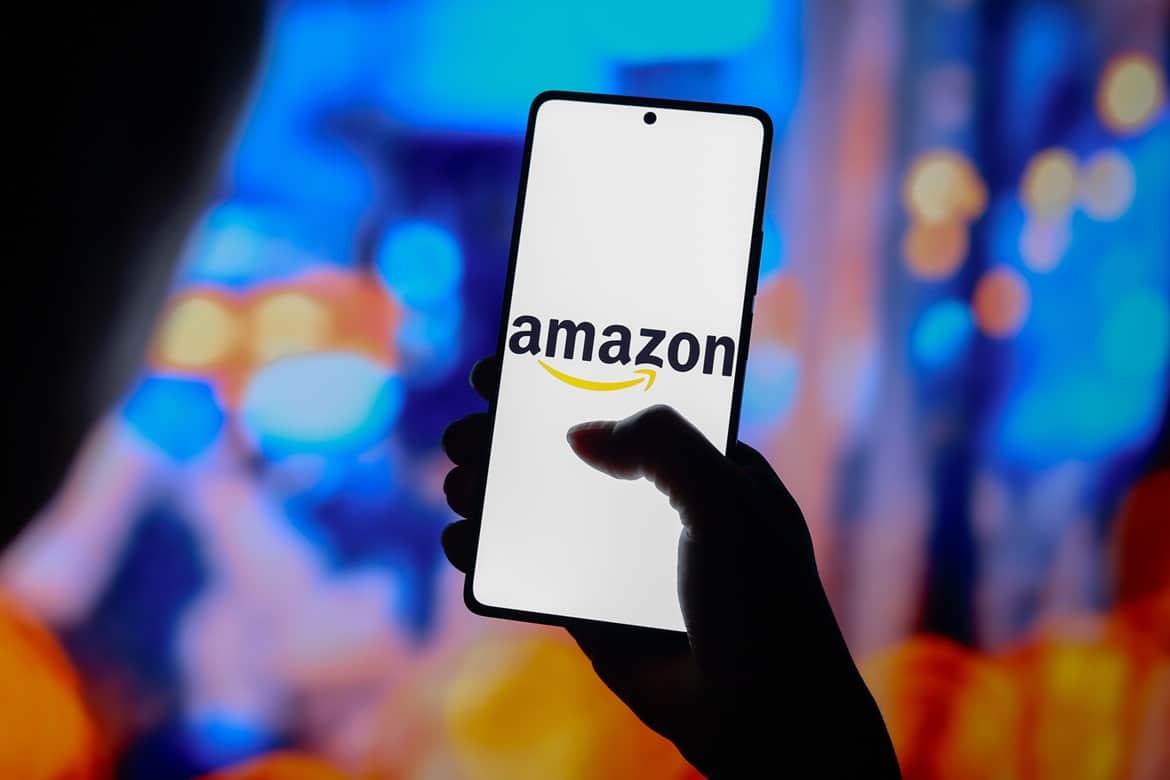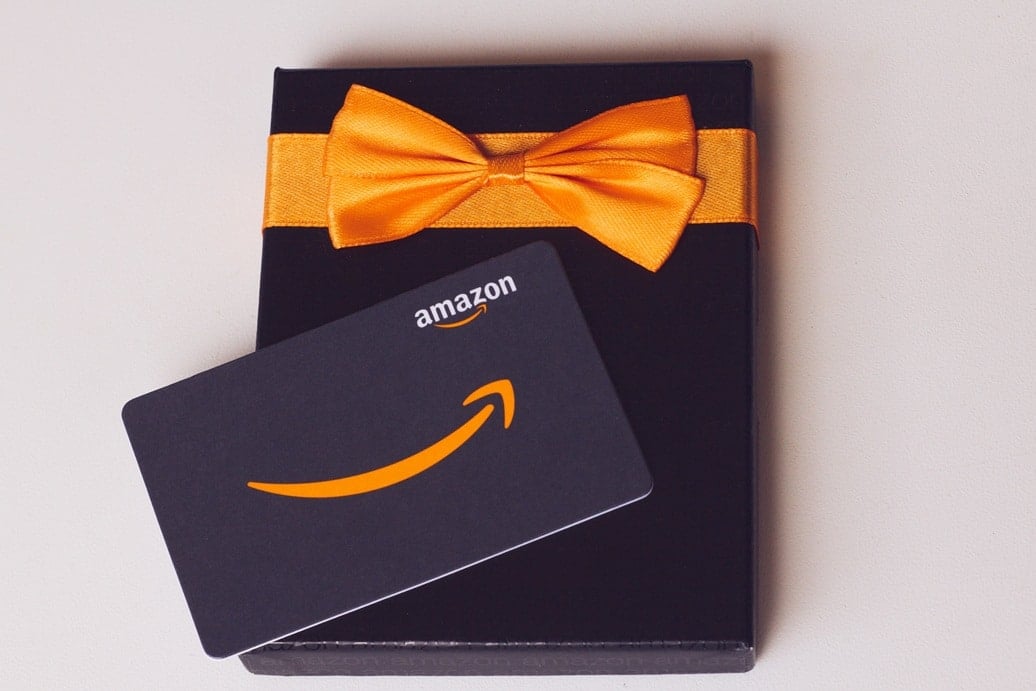The correct pricing is crucial for any business’s success, but even more so for Amazon sellers. In 2023, Amazon sellers in the US sold 4.5 billion items (8,600 items a minute), and 10,000 independent sellers surpassed the $1-million mark for annual sales.
That’s a lot of competition. Whereas any business must consider the right price point that balances profitability with staying competitive, pricing is table stakes for success on Amazon.
However, focusing solely on pricing or adopting a poor pricing strategy can end up harming your long-term profitability on Amazon.
In this article, we’re going to cover the five most common pricing mistakes we see Amazon sellers making, and how to avoid them to achieve sustainable success as an Amazon seller.
Mistake #1: Thinking pricing is everything
Yes, pricing on Amazon is the most significant factor in winning the Buy Box.
Amazon used to have strict rules in place regarding pricing, such as always offering the lowest price. The company has since become more lenient on this, but it still insists on providing competitive pricing. The Amazon marketplace fair pricing policy states that Amazon aims to provide its customers with the “largest selection at the lowest price and fastest delivery.” Sellers who routinely violate this, risk losing the Buy Box.
Amazon also forbids suddenly raising the price of a product well above recent prices because it might harm customer trust.
Pricing plays a significant role in winning the Buy Box. According to our data, Buy Box winners usually have the lowest or near-lowest price.
However, seller metrics also play a role, and sellers should also focus on this.
Following a “pricing is everything and the only thing” strategy can lead to:
- Reduced profits as you cut your margins below sustainable levels.
- Overwork and increased levels of stress as your team deals with higher order load but your company isn’t making the profit it needs to maintain production.
- Loss of brand value as customers view you only as a “cheap” seller rather than a high-quality seller.
Mistake #2: Failing to consider all costs and profit margins
By failing to consider all COGS (costs of goods sold) as well as OPEX (operating expenses), you can paint an incorrect picture of each item’s profitability.
Whereas scale eventually starts making OPEX less important, it’s significantly important when you’re starting out.
Similarly, sellers might forget key COGS when determining costs. Common COGS for all Amazon sellers are:
- FBA costs.
- Shipping costs.
- VAT for European sellers.
- Amazon referral fees.
Mistake #3: Not obtaining and acting on competitor intelligence
Pricing your products in a vacuum of competitor knowledge will inevitably lead to a vacuum of sales.
For competitor pricing intelligence to be effective, it must include:
- Real-time knowledge of competitor price changes.
- Understanding who your top competitors are.
- Detecting if a competitor is changing its price simply to force you to lower yours so you lose margin (known as predatory pricing).
- Knowing when to avoid competing at all with a specific competitor, such as due to price wars that harmed your brand in the past.
- When to ignore competitors because you stably hold the Buy Box despite having a slightly higher price.
Competitor intelligence is vital to avoid both over- and underpricing, react rapidly to market changes, and build a long-term strategy.
Mistake #4: Ignoring seasonal and trend-based pricing
Failing to consider seasonal upticks or sudden surges can result in lost revenue opportunities. Conversely, not paying attention to slowdowns could mean excess inventory and thus higher storage costs.
The rule of thumb is usually to increase prices during peak periods and reduce them during slower periods. Unfortunately, such a simplistic rule isn’t enough in a complex marketplace such as Amazon. For example, the Amazon A9 algorithm strongly favors conversions. If your increased pricing results in fewer conversions, you might inadvertently trigger the algorithm to stop showing your product.
Another factor to consider is customer satisfaction, especially during peak periods such as Black Friday. Customers expect deals during this period, and selling your product far higher than your competitors might trigger excessive returns as customers go in chase of the bargain.
An optimal seasonal pricing strategy on Amazon takes a nuanced approach, acting on multiple data signals to determine what the best price point for a particular product might be at that time. Using Repricer for dynamic Amazon pricing is crucial for success in these cases.
Mistake #5: Using a repricing tool that lacks essential features
Several dynamic repricing tools exist on the market today, and even Amazon offers a rudimentary repricing tool directly inside Seller Central. Amazon’s tool was released in 2016 and, although better than nothing, isn’t well suited for the level of competition which exists on the marketplace today.
Minimally, any dynamic repricing tool you’re using should offer:
Actionable analytics: A repricing tool should provide insight into all aspects of your dynamic pricing strategy, including how many times you won or missed the Buy Box, your total sales attributed to repricing, competitor analysis, Buy Box “near misses,” best-performing products, and other data points to help you avoid costly Amazon pricing mistakes.
Advanced logic in rule creation: Simplistic rules aren’t enough to compete on Amazon. Any repricing tool you use should include advanced logic operators to configure automatically adjusting prices based on a set of factors.
Multi-channel synchronization: If you sell on multiple channels, you should try and keep the Amazon price lower than your other channels, or at least avoid massive discrepancies. When changing a price on Amazon, the repricing tool you use should synchronize those changes to your other channels and vice versa.
Support for all Amazon geographies without additional costs: No one wants to pay extra for the same thing. Our Repricer tool has only one price, and you can use it across all Amazon marketplaces.
Net-margin repricing: Costs should be integrated into the repricing tool so that you only need to update your product cost and set a target net margin. The repricing tool should then automatically take care of keeping your prices within that margin.
Automation-based repricing: The repricing tool should change your repricing strategy automatically based on multiple factors such as Buy Box performance, sales history, fulfillment, and other criteria.
Repricing based on stock levels: It’s vital to avoid suddenly ceasing all sales for the sake of the A9 algorithm, so you might want to sell more aggressively when your stock levels are high or slow the sales down while you get more stock in.
Time-based rules (scheduler): Sales might be slower at certain times of the week. Your repricing tool should account for these periods and adjust pricing based on the rules you set for it.
KPIs for repricing success
Although Total Revenue and Total Orders are important KPIs in general as an Amazon Seller, they don’t measure the success of your repricing strategy itself.
To determine how effectively your Amazon dynamic pricing strategy is working, you should know how many times a repricing event resulted in you winning the Buy Box, as well as how many times you almost won the Buy Box (known as “near misses”).
Obtaining insight into those KPIs will give them depth and allow you to strategize a way forward to improve your Amazon sales.
Repricer provides in-depth, granular insight into every product’s performance so you can take action manually or automatically to improve its sales.
To learn more about Repricer and sign up for a free trial, visit our website here.





